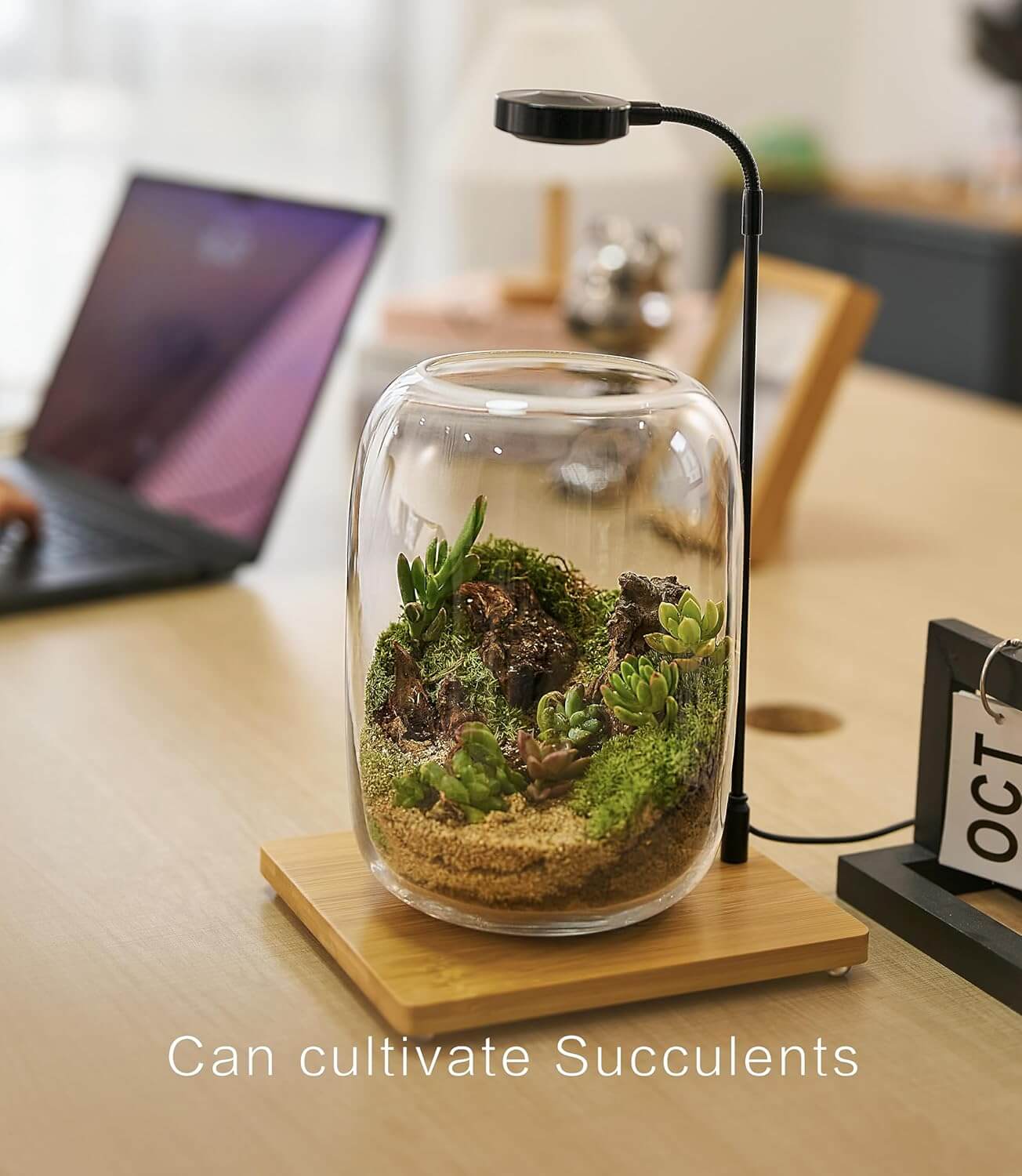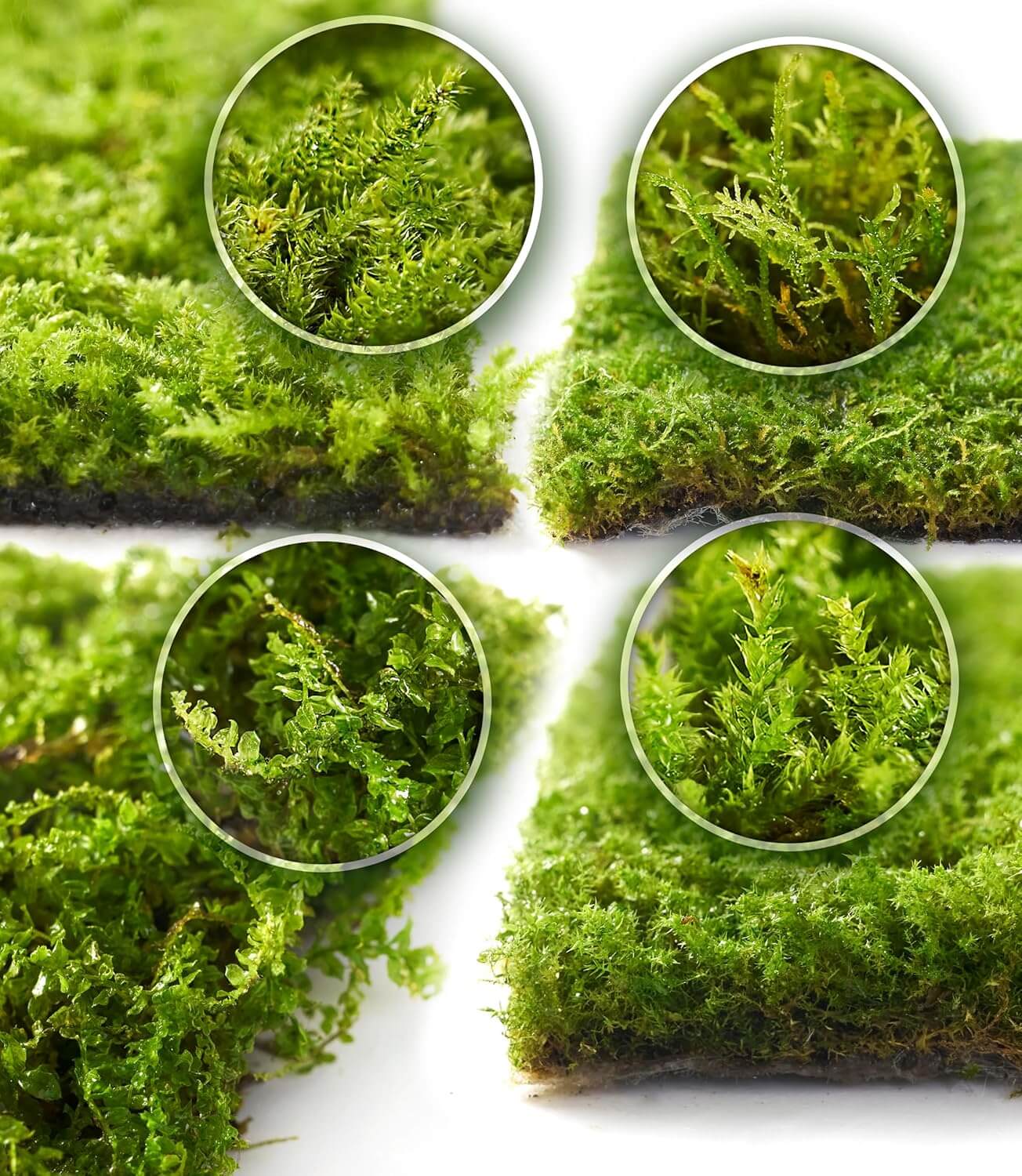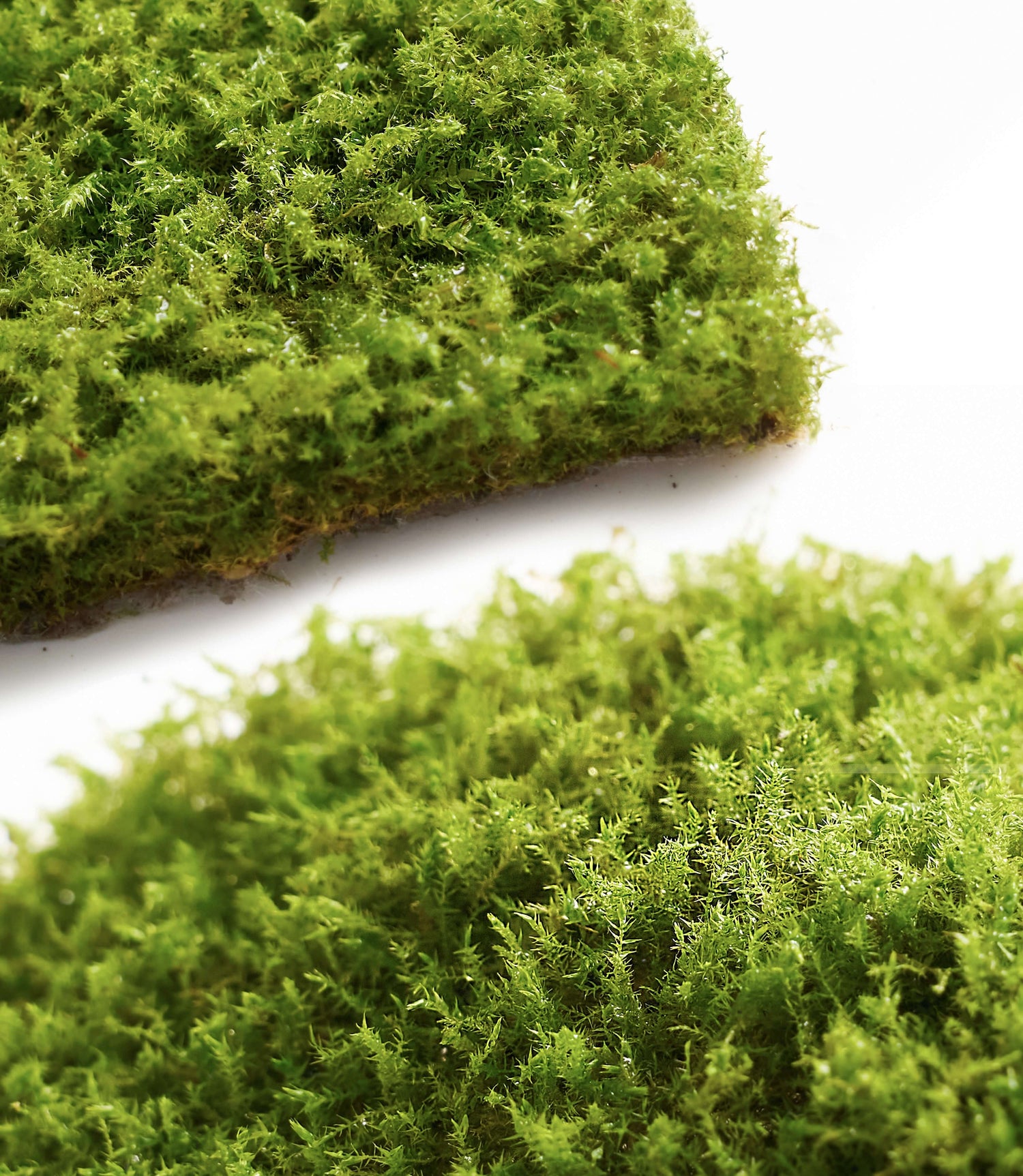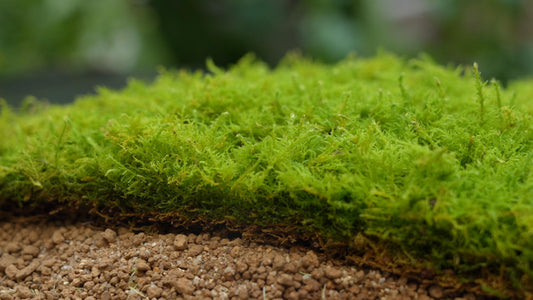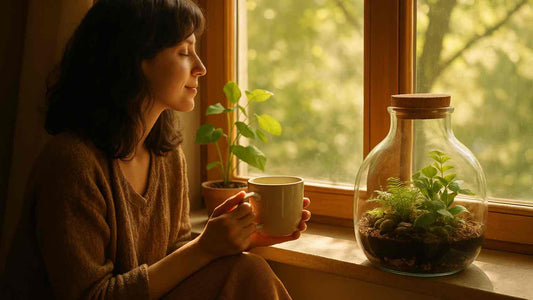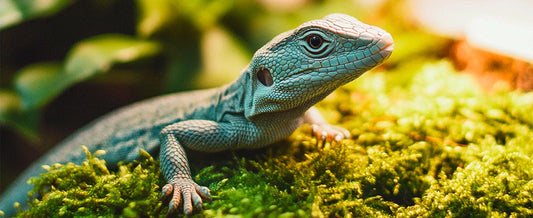Why My Reptile Loves Moss: A Natural Solution for Humidity and Comfor
Managing humidity for reptiles can be tricky — too dry causes shedding problems, too wet invites mold. Here’s how live moss became my favorite, natural way to balance moisture, comfort, and health in my reptile terrarium.
From dry tanks to balanced humidity
If you’ve ever kept geckos, lizards, snakes, or turtles, you know that humidity is one of the hardest things to control. When it’s too dry, they struggle to shed; when it’s too wet, mold appears. I used to mist every few hours, but humidity dropped back down so fast that it felt impossible to stabilize.
That’s when I discovered the perfect balance — live moss. It didn’t just fix my humidity problems; it made my reptile’s enclosure feel like nature again.
Why moss works perfectly for reptiles
1. Natural humidity buffer
Moss acts like a green sponge — it absorbs moisture and releases it slowly. Unlike paper towels or cotton, it won’t flood your tank. Instead, it keeps a soft, natural humidity level that helps your reptile’s skin stay hydrated and smooth.
2. Recreates their natural habitat
Many reptiles live in damp forests, mossy logs, or leaf litter in the wild. Live moss brings that feeling of nature indoors — earthy, soft, and calming. When I first added moss, my leopard gecko started resting on it during the day, visibly more relaxed.
3. Safe and chemical-free
Unlike synthetic bedding or artificial pads, live moss contains no dyes, perfumes, or preservatives. It’s gentle on reptile skin, eyes, and respiratory systems — even for species that like to dig or burrow.
How to use live moss for perfect humidity
1. Substrate layer
Spread a 1–2 cm layer of moss over your main substrate. It locks in moisture after misting and helps create stable humidity zones — ideal for snakes, turtles, and geckos.
2. Humidity box or corner
Add a small box or hide filled with moist live moss. Reptiles will crawl in to shed or cool down — it’s their natural mini spa room.
3. Mist and ventilate
Mist lightly once a day. Keep moss damp but not soaked. Always ventilate the tank for 15–30 minutes to avoid stale, mold-prone air.
How to care for live moss in reptile enclosures
- Light: Place in indirect or filtered light — avoid direct sun or strong UVB exposure.
- Water: Mist 1–2 times a day to keep moss moist but not waterlogged.
- Cleaning: Trim or remove dead or moldy spots promptly.
- Replace cycle: Refresh moss every 3–6 months to keep it vibrant and odor-free.
💡 Pro tip: For dry climates, use a semi-closed terrarium setup with vent holes — it maintains steady humidity without overheating.
Recommended reptile & moss pairings
| Reptile Type | How to Use | Benefits |
|---|---|---|
| Leopard Gecko / Bearded Dragon | Humidity box or corner patch | Prevents shedding issues, supports skin hydration |
| Corn Snake / King Snake | Partial substrate coverage | Boosts humidity, reduces stress |
| Box Turtle / Aquatic Turtle | Split land-water design | Natural odor control and humidity balance |
| Small Rodents / Amphibians | Mixed with bedding | Soft, natural, non-toxic material |
Build a natural humidity zone for your reptile
FAQ — Reptile Moss, Humidity & Care
Will moss grow mold in my reptile tank?
Only if it’s overwatered or poorly ventilated. Keep moss damp, not soaked, and open the tank daily for airflow.
Does moss help with shedding?
Yes! Moss helps maintain ideal humidity so reptiles can shed completely without stuck skin or eye caps.
Can I mix dried sphagnum with live moss?
Absolutely. Dried sphagnum absorbs water quickly; live moss maintains long-term humidity and adds a natural look. Mixing both gives the best results.
Is live moss safe for all reptiles?
Yes, it’s chemical-free and soft, safe for most species that dig or burrow. Always rinse before use and replace every few months.

